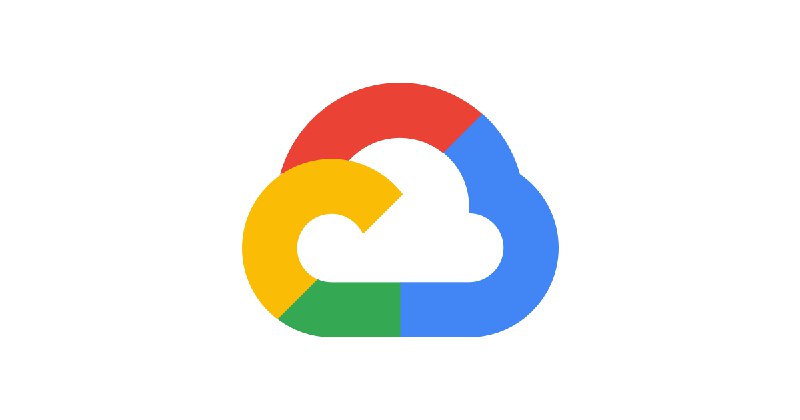tg-me.com/google_data_studio_lifehacks/354
Last Update:
Product Update - 🔥5 new features!🔥
1. Preview your data
The data source editor displays a preview of the data in your fields. This feature is available for the following data sources Google BigQuery, Google Sheets, Looker, Microsoft Excel, CSV upload
2. Warnings for external links
When users click an external link, Looker Studio displays a redirect notice.
3. Proportional heights for inverted triangle funnels
You can now use the Use proportional heights setting to display the value of categories in a funnel chart by varying the height of each bar when you select the inverted triangle funnel style option. Larger values have taller bars while smaller values have shorter bars.
4. Improved hide/remove data source fields
We've improved the functionality of hiding and removing fields from a data source:
You can remove any field from a data source. (Previously, you could only remove calculated fields.)
Hiding or removing a field from a data source prevents report viewers from accessing metadata about that field. Field metadata includes information such as the field name and type of connector that is used to access that field.
These improvements help you control access to your organization's sensitive information while still promoting data democratization.
5. Dimensions in scorecard charts
You can now choose whether to display a dimension or a metric as the primary field in a scorecard chart. When a dimension is selected as the primary field, you can also select a different field for sorting the dimension values.
https://cloud.google.com/looker-studio/docs/release-notes
BY Looker Studio Lifehacks (former Google Data Studio)

Share with your friend now:
tg-me.com/google_data_studio_lifehacks/354
